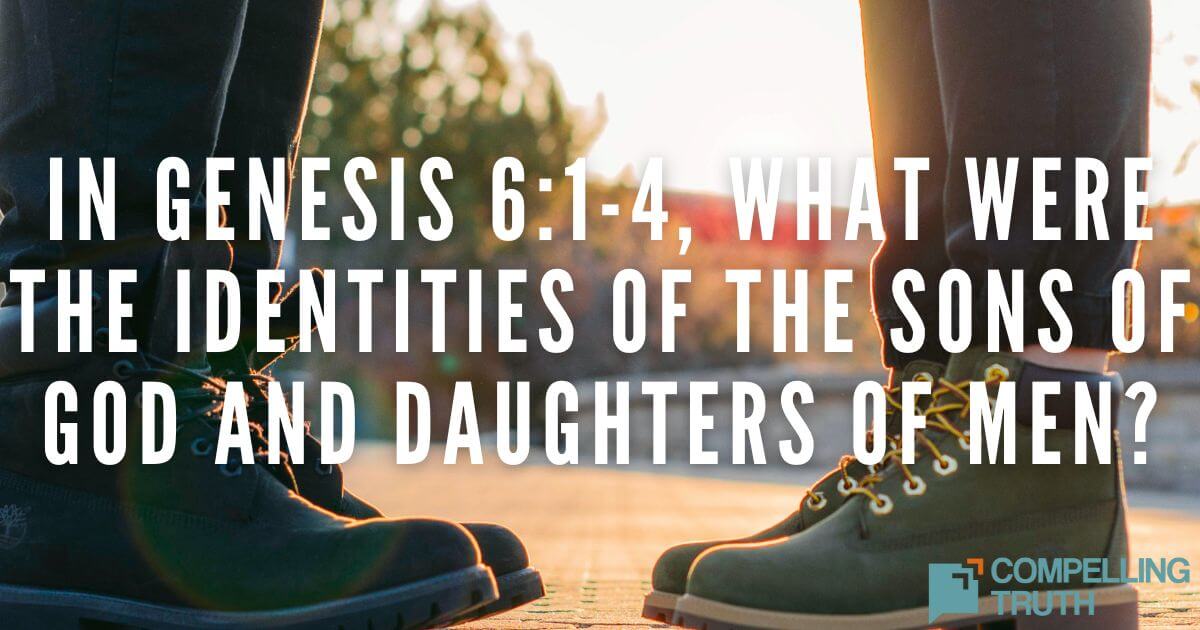The Book of Giants is an ancient pseudepigraphal Jewish text from the Second Temple period that expands on the brief Genesis 6 account of the “sons of God” and the Nephilim. It is set before the flood of Noah’s day (Genesis 6–9). It imagines a detailed story of fallen angels, called Watchers, who father violent giants through human women, leading to worldwide corruption before the flood. The narrative follows Enoch as he warns the giants of impending judgment through dreams and divine messages, culminating in their destruction. Although fragments were found among the Dead Sea Scrolls, confirming its ancient origin, the text is not inspired Scripture and was never accepted into the biblical canon. Still, the Book of Giants offers cultural and mythological insight into early Jewish thought, standing as creative religious fiction rather than divine revelation.
The Book of Giants is an ancient, pseudepigraphal Jewish text (falsely attributed to a biblical figure, often Enoch) from the Second Temple period that expands on the story of the fallen angels and their offspring, the Nephilim, mentioned in Genesis 6. It was found among the Dead Sea Scrolls and closely relates to themes in the Book of Enoch, describing the wicked deeds and eventual destruction of the giants.
While its story is partially based on parts of the book of Genesis, the Book of Giants is not a reliable historical account. However, it is a verified ancient document, written sometime before the second century BC, as portions of an Aramaic version of the Book of Giants were found along with the Dead Sea Scrolls. Manichaeism considers the Book of Giants to be Scripture, but it is not the inspired Word of God and is not considered canon by Jews or Protestants.
In the Book of Giants, angelic creatures known as Watchmen come down to earth and produce the Nephilim through human women. According to the story, Nephilim are violent giants who kill a lot of people and destroy the planet—including plants, animals, and sea creatures. The story says that the giants have dreams that warn they will be destroyed and that the flood is coming. One of the giants, called Mahaway, goes to Enoch for advice. Enoch gives the giants as well as Semihaza, a Watcher, a word of warning that they must repent. The archangel Raphael (not an angel named in the Bible) has seen their sins and plans to destroy them. At the end of the book, they do meet the impending violent fate and are destroyed. Certain versions of the Book of Giants have a couple different outcome options for the Watchers: they are either bound in a dark prison by four angels or they are killed.
The Book of Giants and other ancient pseudepigraphical books are written in the style of biblical books and even borrow real events and people from the Bible, but beyond potentially helping us to gain a better understanding of certain ancient cultures, they're not spiritually or historically sound. Essentially, they are historic fiction—interesting stories to read but not to be taken as the truth upon which we base any of our beliefs.




